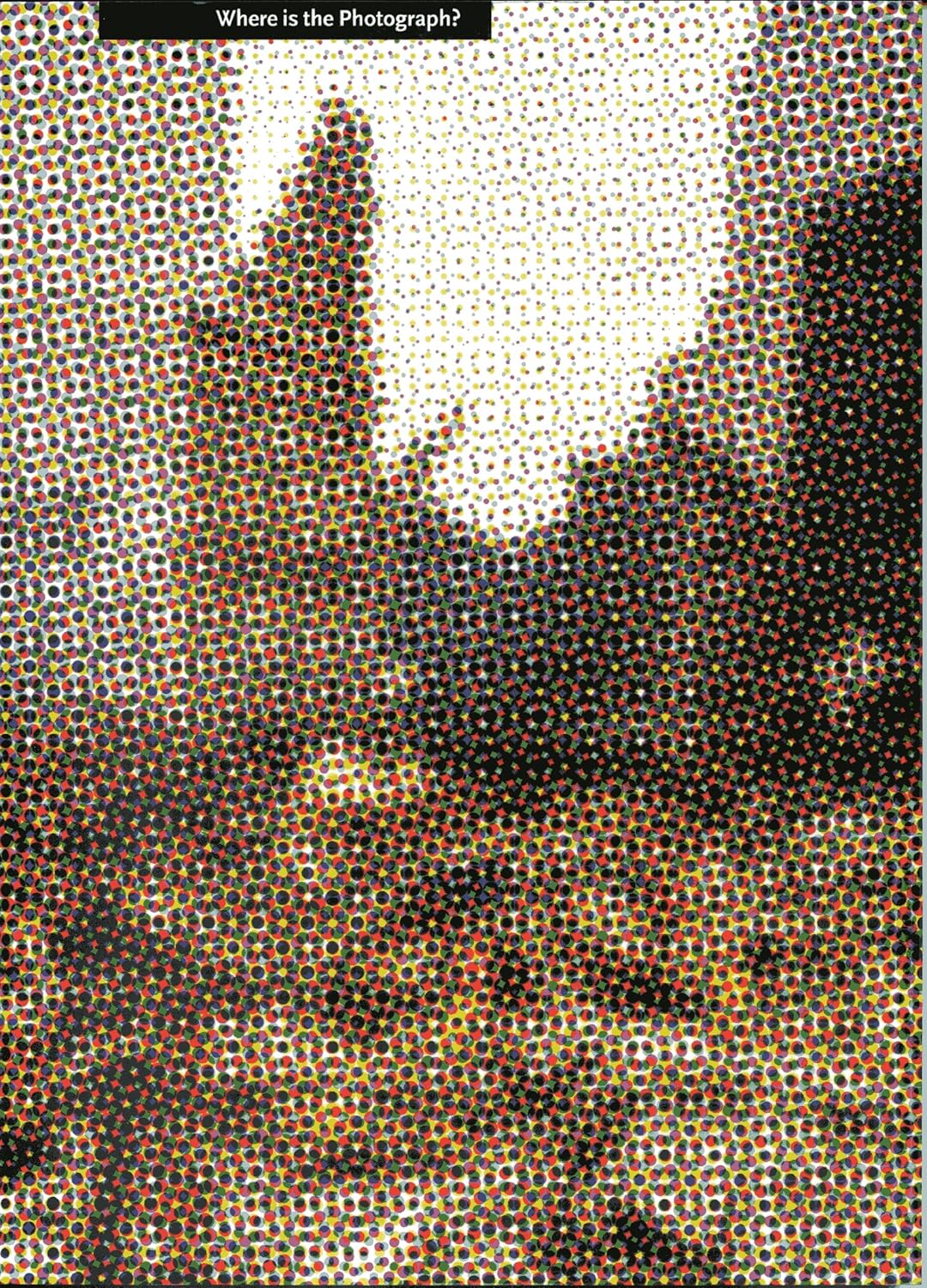Introduction: “Where is the Photograph?” edited by David Green, is a critical exploration of the place and significance of photography in contemporary culture and art. Published in 2003, the book comprises a series of essays by various contributors, each delving into different aspects of photography’s role, its evolution, and its theoretical underpinnings. The book examines the intersection of photography with other art forms, its integration into new media, and the shifting perceptions of photographic practice and interpretation.
1. The Ontology of Photography
Defining Photography:
- One of the central themes is the ontological status of photography. The book explores what constitutes a photograph in the digital age, where the boundaries between traditional photography and other visual media have blurred.
- The essays discuss how the definition of photography has expanded beyond its original technical parameters to include a wide range of practices and forms.
Materiality and Immateriality:
- The materiality of the photographic print versus the immateriality of digital images is a significant point of discussion. The book examines how the physical presence of a photograph influences its interpretation and value compared to digital images that exist in a more fluid, less tangible form.
- This theme addresses the changing nature of photographic objects in the digital era and their implications for collection, preservation, and exhibition.
2. Photography and Art
Photography in the Art World:
- The integration of photography into the broader art world is a major focus. The book looks at how photography has been accepted as a legitimate art form, its place in galleries and museums, and its relationship with other visual arts.
- It discusses the evolution of photographic aesthetics and how photographers have employed artistic techniques to elevate their work from mere documentation to high art.
Interdisciplinary Approaches:
- The interdisciplinary nature of contemporary photographic practice is highlighted. Essays explore how photography intersects with performance art, sculpture, painting, and new media, creating hybrid forms that challenge traditional artistic boundaries.
- This theme emphasizes the fluidity of photography and its ability to adapt and integrate with other art forms, enhancing its expressive potential.
3. The Role of the Photographer
The Photographer as Artist and Documentarian:
- The dual role of the photographer as both an artist and a documentarian is examined. The book discusses how photographers navigate these roles, balancing personal artistic vision with the objective recording of reality.
- It highlights the subjective nature of photography and the ways in which photographers interpret and manipulate reality through their lens.
Authorship and Agency:
- Issues of authorship and agency in photography are explored. The essays consider the photographer’s control over the image and the extent to which they can claim ownership of their work in an age of digital reproduction and manipulation.
- This theme also touches on the ethical implications of photographic practice, including issues of consent, representation, and the power dynamics between photographer and subject.
4. Photography and Society
Documenting Social Issues:
- The book delves into the role of photography in documenting and addressing social issues. It examines how photographs have been used to raise awareness, influence public opinion, and drive social change.
- Essays explore iconic images that have had a significant impact on society, highlighting the power of photography to capture and convey complex social realities.
Cultural Perceptions:
- The changing cultural perceptions of photography are a key theme. The book looks at how different cultures perceive and value photographic images, and how these perceptions influence the creation and interpretation of photographs.
- It discusses the global reach of photography and its ability to transcend cultural boundaries while also being shaped by local contexts and traditions.
5. The Impact of Technology
Digital Revolution:
- The impact of digital technology on photography is a major focus. The book explores how digital cameras, editing software, and online platforms have transformed photographic practice and democratized the medium.
- It discusses the opportunities and challenges posed by digital technology, including issues of authenticity, manipulation, and the proliferation of images in the digital age.
New Media and Photography:
- The integration of photography with new media forms is examined. The book looks at how photographers are using video, animation, and interactive media to expand the possibilities of photographic expression.
- This theme highlights the innovative ways in which photography is evolving in response to technological advancements and the changing media landscape.
6. Theoretical Perspectives
Photographic Theory:
- The book engages with various theoretical perspectives on photography, drawing on the work of key thinkers such as Roland Barthes, Susan Sontag, and Walter Benjamin. It explores concepts such as the punctum and studium, the aura of the photograph, and the indexical nature of photographic images.
- Essays discuss how these theories help to understand the unique qualities of photography and its place within the broader field of visual culture.
Critical Analysis:
- The critical analysis of photographic images is a central theme. The book emphasizes the importance of context, both in terms of the production and reception of photographs. It looks at how images are framed, displayed, and interpreted, and the various factors that influence their meaning.
- This theme encourages readers to adopt a critical approach to viewing and understanding photographs, recognizing the multiple layers of meaning that they can convey.
Conclusion
“Where is the Photograph?” edited by David Green, offers a comprehensive and multifaceted exploration of photography’s evolving role in contemporary culture and art. Through a series of insightful essays, the book addresses the ontological questions surrounding photography, its intersection with other art forms, the role of the photographer, and the impact of technological advancements. It highlights the power of photography to document social issues, shape cultural perceptions, and adapt to new media landscapes. By engaging with both practical and theoretical perspectives, the book provides a rich understanding of the complexities and possibilities of photographic practice in the 21st century.
Additional Resources:
For more in-depth reviews and insights, you may refer to the following links:

